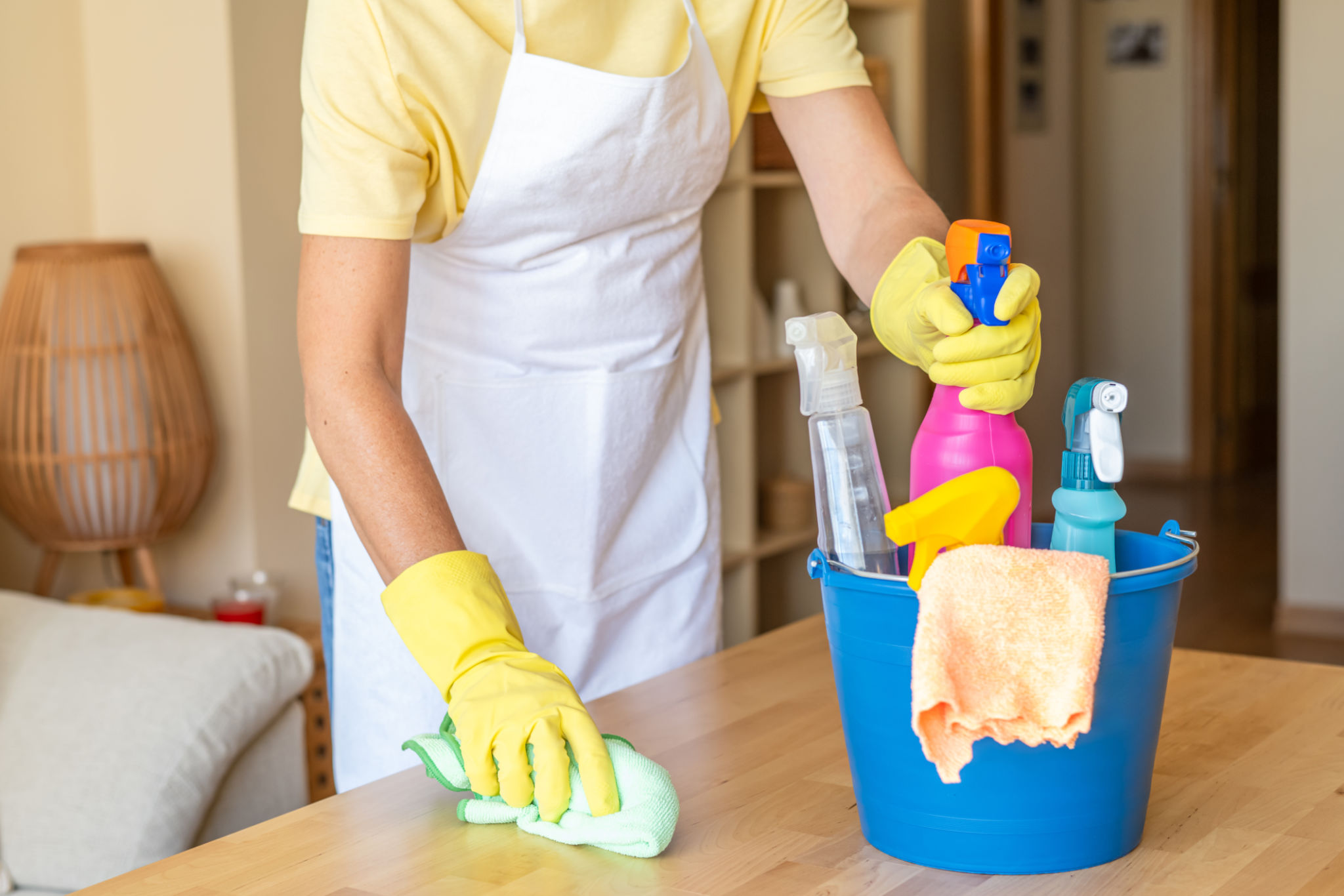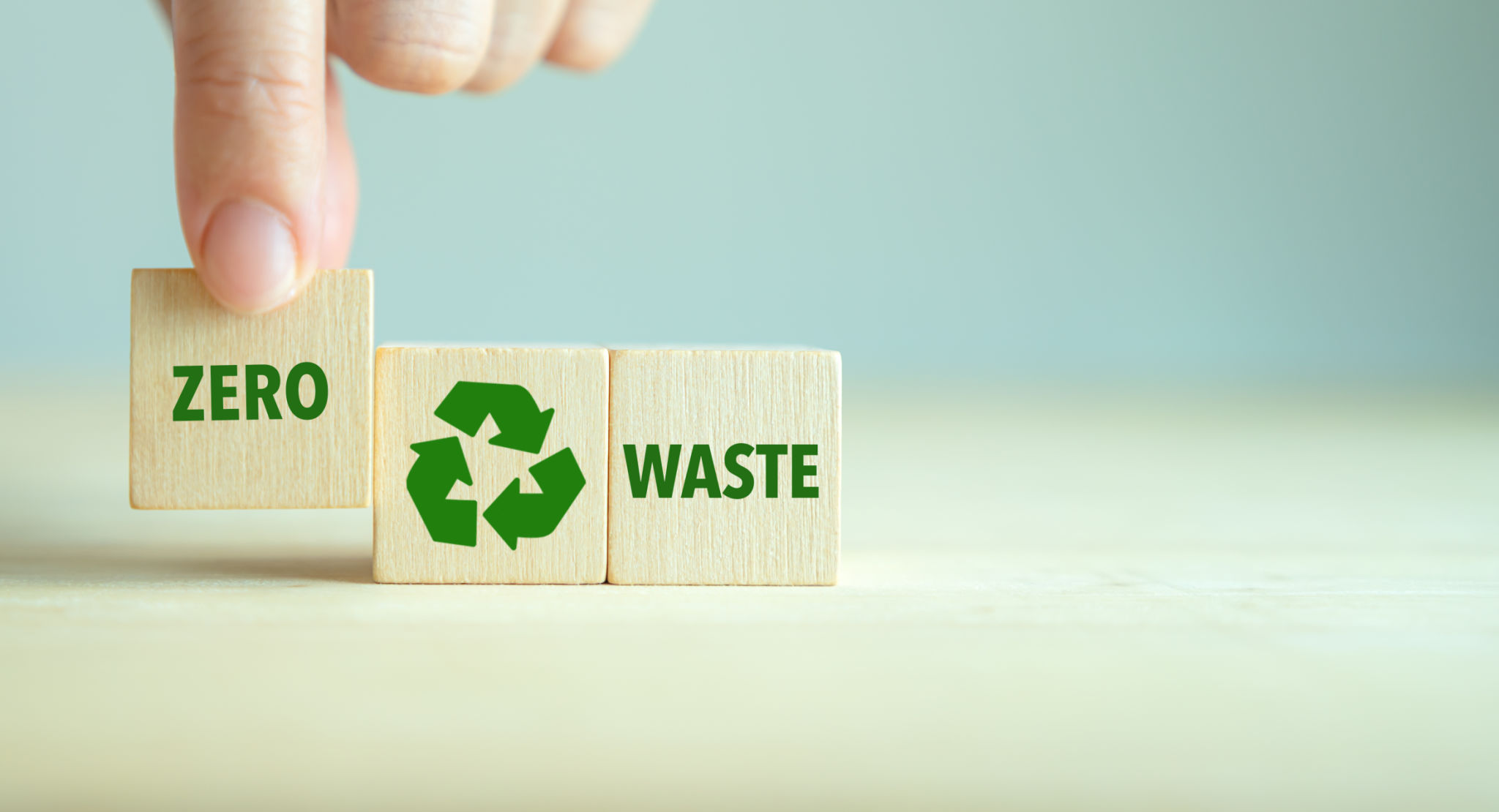A Comprehensive Guide to Green Janitorial Practices
Understanding Green Janitorial Practices
In today's world, sustainability has become a crucial aspect of many industries, including janitorial services. Green janitorial practices focus on reducing the environmental impact of cleaning processes while maintaining high standards of cleanliness. By adopting eco-friendly methods, businesses can not only contribute to a healthier planet but also create a safer environment for employees and customers.
Green cleaning involves the use of products and techniques that minimize harm to human health and the environment. This includes using non-toxic cleaning agents, reducing waste, and conserving water and energy. As awareness grows, more companies are transitioning to these sustainable practices.

Benefits of Green Janitorial Practices
Implementing green janitorial practices offers numerous advantages. Firstly, it improves indoor air quality by reducing exposure to harmful chemicals. This can lead to better health outcomes for building occupants, minimizing respiratory issues and allergies. Furthermore, eco-friendly cleaning can enhance a company's reputation as environmentally responsible, attracting eco-conscious clients and employees.
Another significant benefit is cost savings. While some green products may have a higher upfront cost, they often result in long-term savings due to their concentrated formulas and efficient usage. Additionally, reducing waste and energy consumption can lower utility bills and contribute to a more sustainable operating model.

Essential Green Cleaning Products
Choosing the right products is critical in establishing effective green janitorial practices. Look for cleaning solutions that are certified by reputable organizations such as Green Seal or the Environmental Protection Agency's Safer Choice program. These certifications ensure that the products meet rigorous environmental and health standards.
Common eco-friendly cleaning agents include natural ingredients like vinegar, baking soda, and essential oils, which are effective alternatives to harsh chemicals. Microfiber cloths and mop heads are also popular choices because they require less water and can be reused multiple times, reducing waste.

Implementing Green Cleaning Techniques
In addition to using green products, implementing specific techniques can further enhance sustainability. For instance, opting for spot cleaning rather than extensive daily cleaning can conserve resources while maintaining cleanliness. Using equipment with HEPA filters can also improve air quality by trapping fine dust particles.
Training staff on proper cleaning procedures is essential for maximizing the effectiveness of green practices. Educate employees on the importance of following manufacturer guidelines for product use and equipment maintenance to ensure optimal performance and longevity.
Waste Reduction Strategies
Reducing waste is a core component of green janitorial practices. Implement recycling programs for paper, plastics, and other materials commonly found in waste streams. Encourage the use of refillable dispensers for soap and cleaning solutions to minimize packaging waste.
Composting organic waste from break rooms or cafeterias can significantly decrease the amount of trash sent to landfills. Additionally, selecting durable and reusable supplies over disposable ones can further reduce environmental impact.

Water and Energy Conservation
Conserving water and energy is another vital aspect of green janitorial services. Opt for low-flow faucets and toilets to reduce water usage. Implementing timed or sensor-based lighting systems in cleaning areas can help save electricity.
Using energy-efficient equipment such as vacuum cleaners with low energy consumption can also contribute to reduced carbon footprints. Regular maintenance of equipment ensures they operate efficiently, further saving resources.
The Future of Green Janitorial Services
The demand for green janitorial practices is expected to grow as environmental concerns continue to rise. Businesses that adopt these practices early on will be well-positioned to meet future regulatory requirements and customer expectations.
By staying informed about innovations in sustainable cleaning technologies and continuously improving their processes, companies can lead the way in promoting a healthier planet while enjoying the economic and social benefits of being environmentally conscious.
